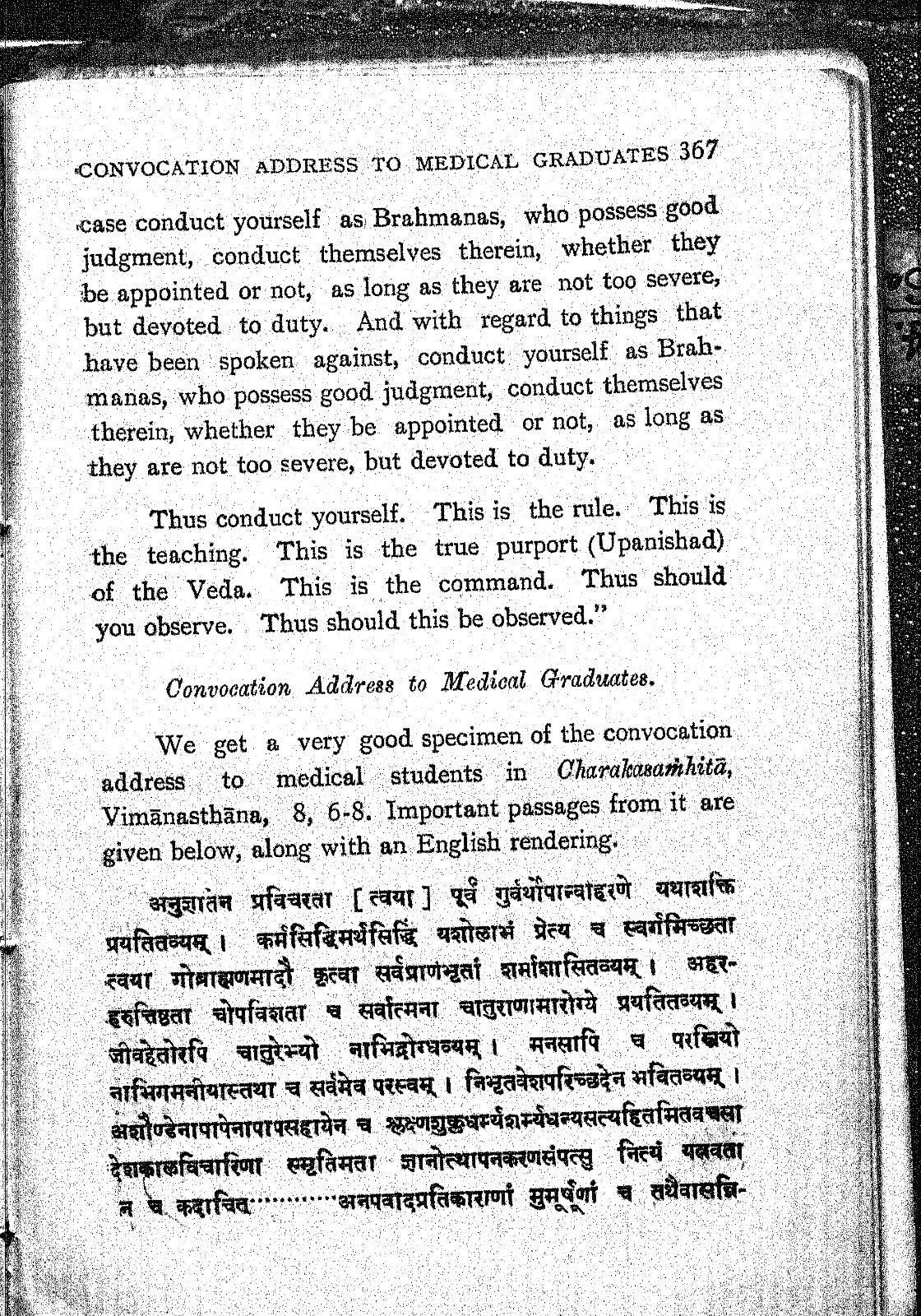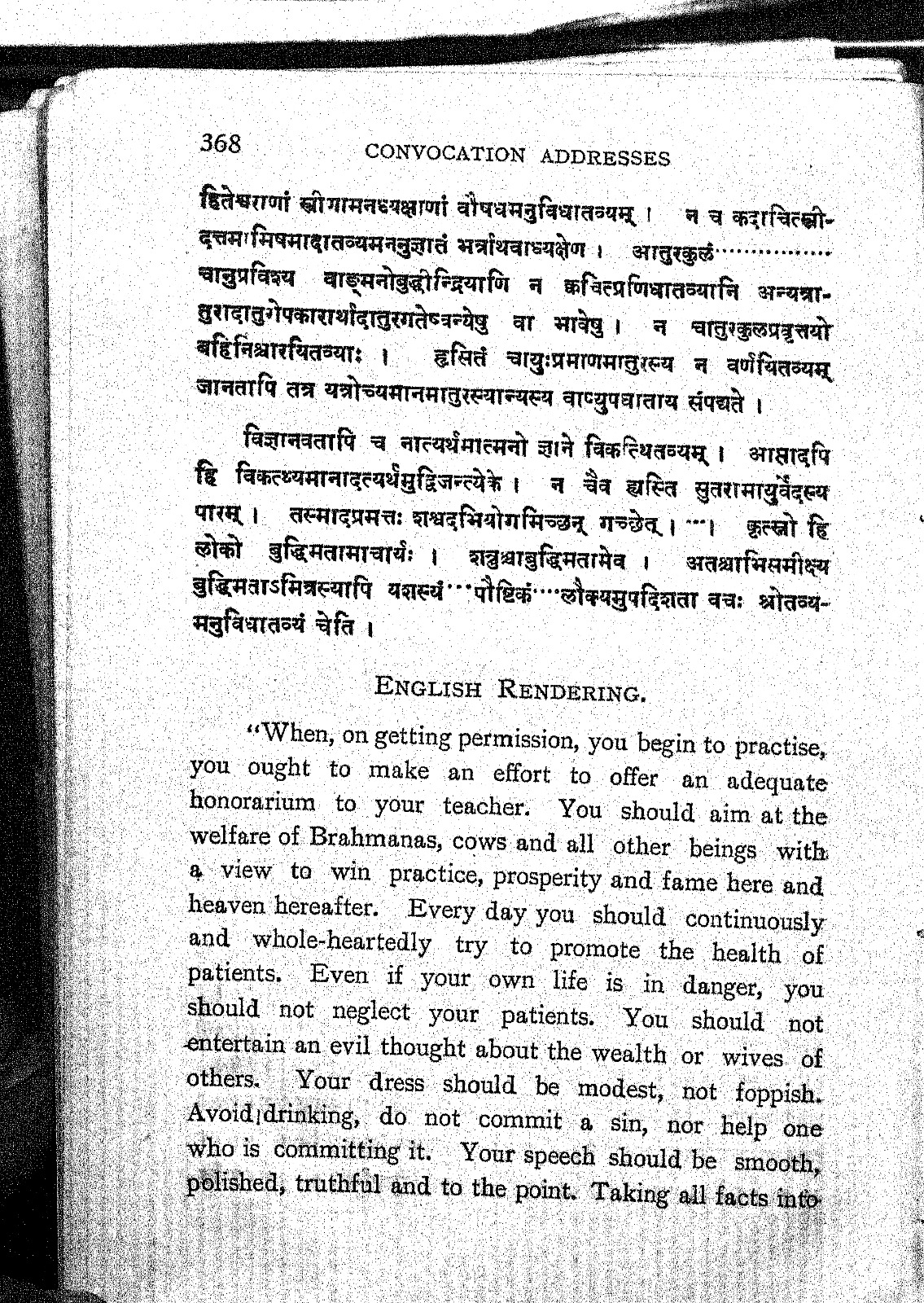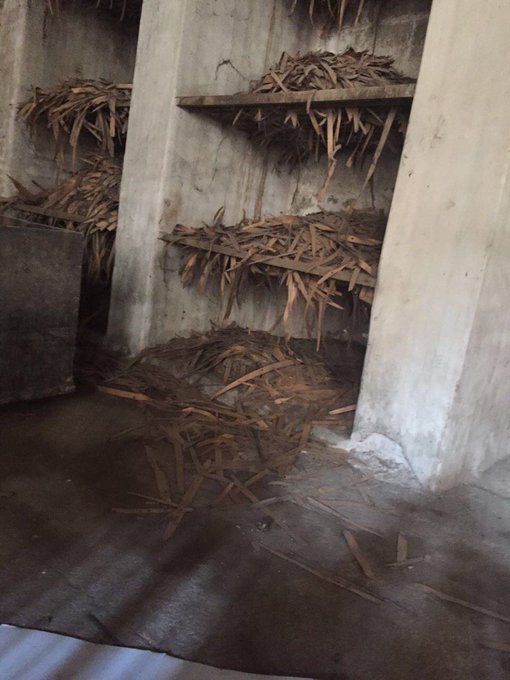From Devanagari to Mohenjo-daro: Scripts Bridging Bharat’s Millennia-old Heritage
Explore the fascinating journey of Bharat’s ancient scripts — from the spiritual elegance of Devanagari, to the lesser-known Sindhi (Khudabadi) script, and further back into the cryptic Indus Valley inscriptions of Mohenjo-daro.
This video dives into:
The evolution and spread of writing systems across Bharat
The legacy of Hindi Diwas and how Devanagari became India's official script
The enduring cultural relevance of Sindhi amidst centuries of invasions
The mysteries of the undeciphered Indus Script
How these scripts form a bridge across time, preserving the unbroken cultural thread of Sanatan Dharma
// we have Yajnadevam's ( Bharath Rao) paper on decoding Indus script, which is sanskrit. PGurus takes a journey on other scripts including brahmi, sindhi lipi (closely related to Santali) and devanagari. Devanagari has 48 primary characters (14 vowels and 34 consonants). Inscriptions are available 1-4 centuries CE in Gujarat, 11th century in Udayagiri MP. By 1000 CE manuscripts in devanagari appeared. 120 languages including Sanskrit, Marathi, Nepali, Konkani, Maithili, Bodo, Dogri, etc. The sindhi lipi is more closer to harappan symbols. Devanagari is an abugida script, ensures accurate representation of spoken sounds.
Kharosthi - right to left. Indus is also right to left. Sanskrit has शब्दमञ्जरी Sabda Manjari or declensions (case in english). Sanskrit has singular, dual and plural. Latin also has dual. Prakrit was used prior to Sanskrit. During the Ashoka phase brahmi was used extensively. From Brahmi devanagari evolved.
Know Your India
Re: Know Your India
https://archive.org/details/in.ernet.dl ... 3/mode/2up
PP 365-369
(PP 365 is page # 373 in a PDF viewer)





PP 365-369
(PP 365 is page # 373 in a PDF viewer)





Re: Know Your India
India's Stitched Ship: Built Without Nails. Sails Across Oceans | Sanjeev Sanyal | Vishnu Som
Economist Sanjeev Sanyal leads ground-breaking reconstruction of 5th century Indian stitched ship INSV Kaundinya, revealing India's forgotten maritime dominance. Based on Ajanta cave paintings and ancient texts, this authentic vessel demonstrates sophisticated shipbuilding techniques that enabled Indian Ocean trade networks spanning till Rome. The project preserves vanishing traditional craftsmanship while showcasing India's advanced maritime heritage predating European naval technology.
About the Speakers:
Sanjeev Sanyal is a leading Indian economist, historian, and member of the Prime Minister’s Economic Advisory Council. A Rhodes Scholar and former Global Strategist at Deutsche Bank, he now shapes India’s economic policy and global financial engagement. He was named Young Global Leader by the World Economic Forum in 2010. He is also a well-known environmentalist and urban theorist. He has been a Visiting Scholar at Oxford University, an Adjunct Fellow at the Institute of Policy Studies, Singapore and a Senior Fellow of the Worldwide Fund for Nature. He is an accomplished writer of many critically acclaimed books.
Vishnu Som is Group Executive Editor at NDTV and anchor of the flagship show Left, Right and Centre. An award-winning television journalist with nearly three decades of experience, he has reported from major conflict zones. Vishnu has interviewed world leaders from Vladimir Putin and Shinzo Abe to Bill Gates and John Kerry, anchored global sessions at the World Economic Forum, and produced over 50 acclaimed documentaries.
Topics Covered:
00:00 Introduction - India's Peninsular Identity Crisis and Maritime Heritage Gap
01:24 INSV Kaundinya Project - From Vision to Construction
08:55 Sanjeev Sanyal’s Vision of Ancient Shipbuilding Renaissance
10:38 Kaundinya's Epic Love Story - First Indian Mariner
13:15 Design of the Stitched Ships of Ancient India
19:24 Sailing Challenges - Square Sails, Steering Oars, and Ancient Navigation
22:23 Indian Ocean Trade Dominance - Merchant Guilds and Naval Power
24:20 Support and Backing for the Stitched Ship Project
27:01 Harappan Anchor - Stone Technology Spanning Millennia
Economist Sanjeev Sanyal leads ground-breaking reconstruction of 5th century Indian stitched ship INSV Kaundinya, revealing India's forgotten maritime dominance. Based on Ajanta cave paintings and ancient texts, this authentic vessel demonstrates sophisticated shipbuilding techniques that enabled Indian Ocean trade networks spanning till Rome. The project preserves vanishing traditional craftsmanship while showcasing India's advanced maritime heritage predating European naval technology.
About the Speakers:
Sanjeev Sanyal is a leading Indian economist, historian, and member of the Prime Minister’s Economic Advisory Council. A Rhodes Scholar and former Global Strategist at Deutsche Bank, he now shapes India’s economic policy and global financial engagement. He was named Young Global Leader by the World Economic Forum in 2010. He is also a well-known environmentalist and urban theorist. He has been a Visiting Scholar at Oxford University, an Adjunct Fellow at the Institute of Policy Studies, Singapore and a Senior Fellow of the Worldwide Fund for Nature. He is an accomplished writer of many critically acclaimed books.
Vishnu Som is Group Executive Editor at NDTV and anchor of the flagship show Left, Right and Centre. An award-winning television journalist with nearly three decades of experience, he has reported from major conflict zones. Vishnu has interviewed world leaders from Vladimir Putin and Shinzo Abe to Bill Gates and John Kerry, anchored global sessions at the World Economic Forum, and produced over 50 acclaimed documentaries.
Topics Covered:
00:00 Introduction - India's Peninsular Identity Crisis and Maritime Heritage Gap
01:24 INSV Kaundinya Project - From Vision to Construction
08:55 Sanjeev Sanyal’s Vision of Ancient Shipbuilding Renaissance
10:38 Kaundinya's Epic Love Story - First Indian Mariner
13:15 Design of the Stitched Ships of Ancient India
19:24 Sailing Challenges - Square Sails, Steering Oars, and Ancient Navigation
22:23 Indian Ocean Trade Dominance - Merchant Guilds and Naval Power
24:20 Support and Backing for the Stitched Ship Project
27:01 Harappan Anchor - Stone Technology Spanning Millennia
Re: Know Your India
Cross posting from Tradition, Culture, Religion & Law in Indian Society
https://x.com/ksmkkbookscom/status/835001141574385664
@ksmkkbookscom
This is how ASI has stored ancient palm leaf manuscripts at Satyagiriswar temple Thirumayam

https://x.com/ksmkkbookscom/status/835001141574385664
@ksmkkbookscom
This is how ASI has stored ancient palm leaf manuscripts at Satyagiriswar temple Thirumayam

Re: Know Your India
^^^ The tweet is from 2017..
(short googling -- couldn’t find any local news or an official follow-up about the Satyagiriswar (Sathyagiriswara) Temple, Thirumayam palm-leaf manuscripts beyond the original 2017 social-media post and recent re-shares. The only direct traces online are the 2017 tweet/image and a wave of X/Twitter reposts (2025) that re-circulated the same photo — but no published conservation report, ASI press release, or Tamil-local write-up that documents their present condition...
Absence of evidence ≠ proof of neglect ( there’s no public confirmation of proper archival conservation for that specific stash, in my short google search)
(short googling -- couldn’t find any local news or an official follow-up about the Satyagiriswar (Sathyagiriswara) Temple, Thirumayam palm-leaf manuscripts beyond the original 2017 social-media post and recent re-shares. The only direct traces online are the 2017 tweet/image and a wave of X/Twitter reposts (2025) that re-circulated the same photo — but no published conservation report, ASI press release, or Tamil-local write-up that documents their present condition...
Absence of evidence ≠ proof of neglect ( there’s no public confirmation of proper archival conservation for that specific stash, in my short google search)
Re: Know Your India
Gyan Bharatam Keeps Bharat’s Spirit Alive
Prime Minister highlighted the Gyan Bharatam Mission, under which over one crore manuscripts are being located, preserved, and digitised. Guided by five pillars - preservation, digitisation, capacity-building, research, and outreach - the mission creates a national digital repository, keeping alive the spirit of Bharat’s culture.
My Notes: This is good effort by PM Modiji. I hope ancient sanskrit texts are also included. For Vedas, the oral transmission ensured that generations were able to preserve the precious Veda. Recitation with proper intonation is the key, as heard by the Rishi of yore. There is more in actual recitation which is lost by mere text writing. These mantra sounds heard by Rishis are tappings of the global knowledge base of the universe which is transmitted to those Rishis in deep meditation. It is authorless, meaning it has no one conjuring and writing things down, it is mere transmitted knowledge which is eternal. Preservation by Vedic people included the following techniques:
1. Divisional Protection
2. Meter protection
3. Swara protection
4. Mudra Protection
5. Paatha Protection
Today's generation are bowled over by McCauley education and everything western. Vedic Recitation is becoming rarer. As part of Gyan Bharatam Mission actual proper recitation of Sanskrit Vedas should also be recorded and preserved. The heritage of India has to be preserved and the coming generations need to study and propogate them correctly. I can safely say there is no other text on earth which talks about dharma and aatma which are para subjects.
Prime Minister highlighted the Gyan Bharatam Mission, under which over one crore manuscripts are being located, preserved, and digitised. Guided by five pillars - preservation, digitisation, capacity-building, research, and outreach - the mission creates a national digital repository, keeping alive the spirit of Bharat’s culture.
My Notes: This is good effort by PM Modiji. I hope ancient sanskrit texts are also included. For Vedas, the oral transmission ensured that generations were able to preserve the precious Veda. Recitation with proper intonation is the key, as heard by the Rishi of yore. There is more in actual recitation which is lost by mere text writing. These mantra sounds heard by Rishis are tappings of the global knowledge base of the universe which is transmitted to those Rishis in deep meditation. It is authorless, meaning it has no one conjuring and writing things down, it is mere transmitted knowledge which is eternal. Preservation by Vedic people included the following techniques:
1. Divisional Protection
2. Meter protection
3. Swara protection
4. Mudra Protection
5. Paatha Protection
Today's generation are bowled over by McCauley education and everything western. Vedic Recitation is becoming rarer. As part of Gyan Bharatam Mission actual proper recitation of Sanskrit Vedas should also be recorded and preserved. The heritage of India has to be preserved and the coming generations need to study and propogate them correctly. I can safely say there is no other text on earth which talks about dharma and aatma which are para subjects.
Re: Know Your India
https://x.com/WokePandemic/status/19830 ... tVjeg&s=19
2.29 minutes video of the Canadian in the link above.A Canadian tourist visiting India has following observations about India, There are many things we have which are not anymore in West
We Indians should value things which the west is desperate to have, here are his observations
India feels unsafe when focusing on roads and footpaths, generally speaking.
➡He feels safer India than his home country, Canada.
Indian society seems unpredictable and chaotic, but is actually quite orderly.
There's a social rhythm that allows for understanding people's intentions beforehand.
Because of this, India rarely "feels like a gamble."
The speaker doesn't have the same feeling back home; everything feels random (attacks, violence, confrontations).
Examples of Western unpredictable danger include: a wild person attacking out of nowhere, a drug dealer trying something, or a mentally ill person with a knife.
Western society is individualistic and people are "untethered" (not connected to community or family), which is dangerous as they are more likely to "snap."
In the West, you are "one wrong small event away from violence.
In India, most people have an unspoken understanding or "social bond.
Society in India is interconnected, which provides a baseline for safety.
People in India care about their neighbors and are aware of what's happening.
In the West, there's less petty stuff, but the dangers are more unpredictable, like going from learning the alphabet one day to running from an AR-15 the next.